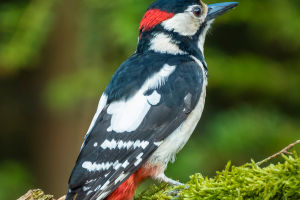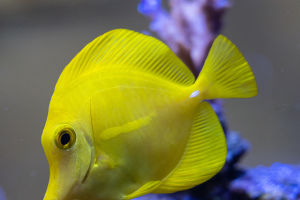Monkeys are some of the most intelligent and fascinating animals on the planet.
They come in a wide variety of species and can be found in many parts of the world, from the rainforests of South America to the savannas of Africa.
Monkeys are a diverse group of primates that are known for their intelligence and dexterity.
Among them, proto-monkeys refer to some primitive monkeys of lower evolutionary rank, both in appearance and habits, which are quite different from the monkeys we remember.
Apes are divided into monkeys and apes, the latter of which include gibbons and orangutans of high evolutionary rank.
Their most distinctive feature is the absence of the monkey's trademark tail, and their kinship is a bit closer to that of humans.
Molecular evidence suggests that primates originated at the end of the Cretaceous, but this record has not been fully confirmed.
Monkeys come in a wide variety of sizes and shapes, ranging from the tiny pygmy marmoset, which is only a few inches long, to the large mandrill, which can weigh up to 120 pounds.
Monkeys are known for their prehensile tails, which can be used to grasp branches and other objects, and their opposable thumbs, which allow them to manipulate objects with great precision.
Monkeys are social creatures and live in groups known as troops. Within these troops, there is a complex hierarchy, with dominant individuals having access to the best food and mating opportunities.
Monkeys are also known for their vocalizations, which can be used to communicate with other members of their group.
Monkeys are intelligent and capable of using tools, solving puzzles, and even recognizing themselves in mirrors.
They are also known for their playful behavior, which can involve roughhousing, chasing, and grooming each other.
Monkeys play an important ecological role in their native habitats. They are often important seed dispersers, helping to distribute seeds across large areas of forest.
They also help to control the populations of smaller organisms, such as insects and small mammals.
The hunting and habitat destruction that has occurred in many parts of the world has hurt monkey populations.
Several species of monkeys are currently endangered or threatened, and conservation efforts are underway to protect these animals and their habitats.
Although monkeys are not often seen because they live in the jungle, it is still necessary to contribute to the conservation of this primate, which is slightly similar to us.


